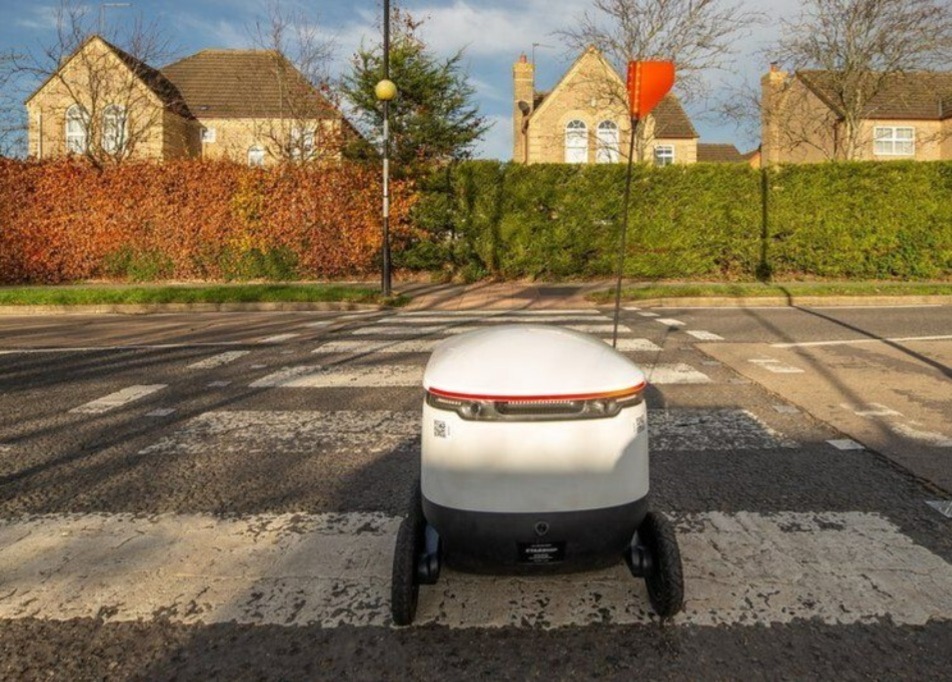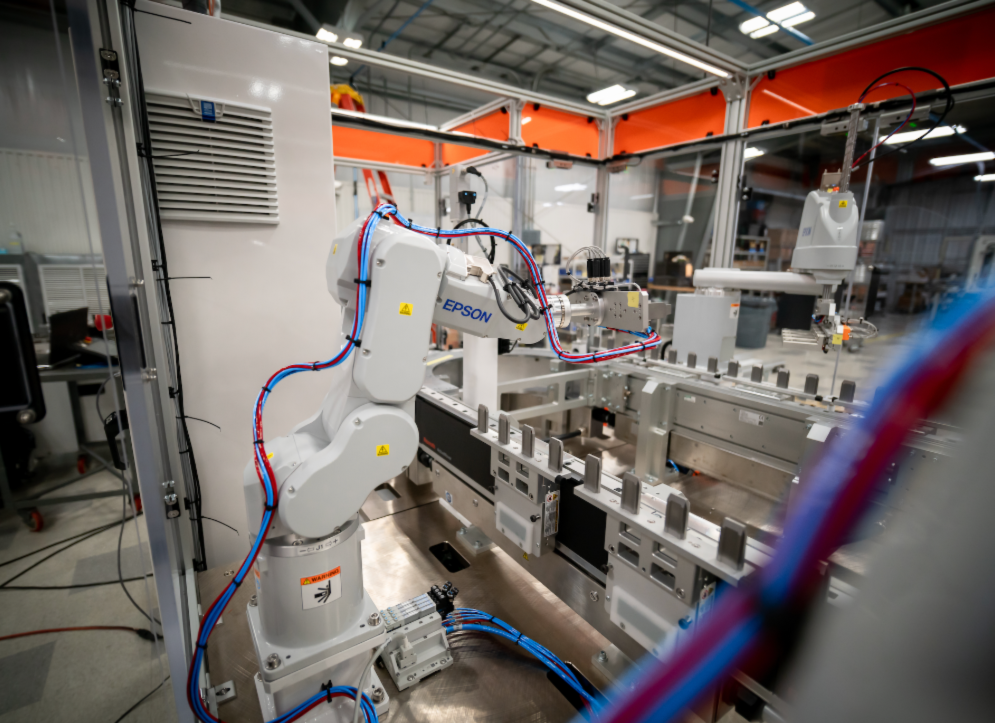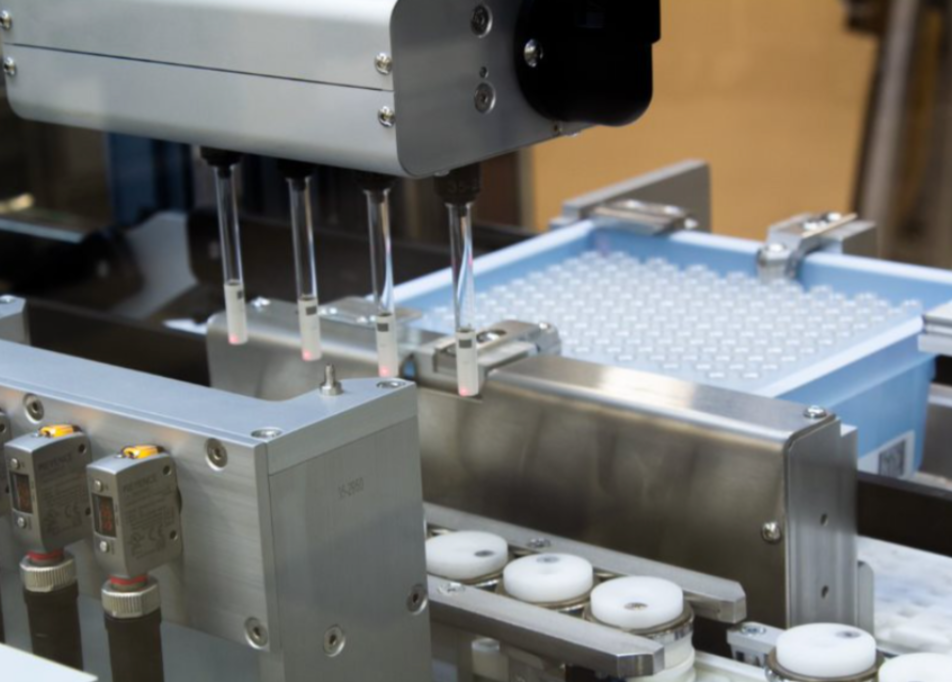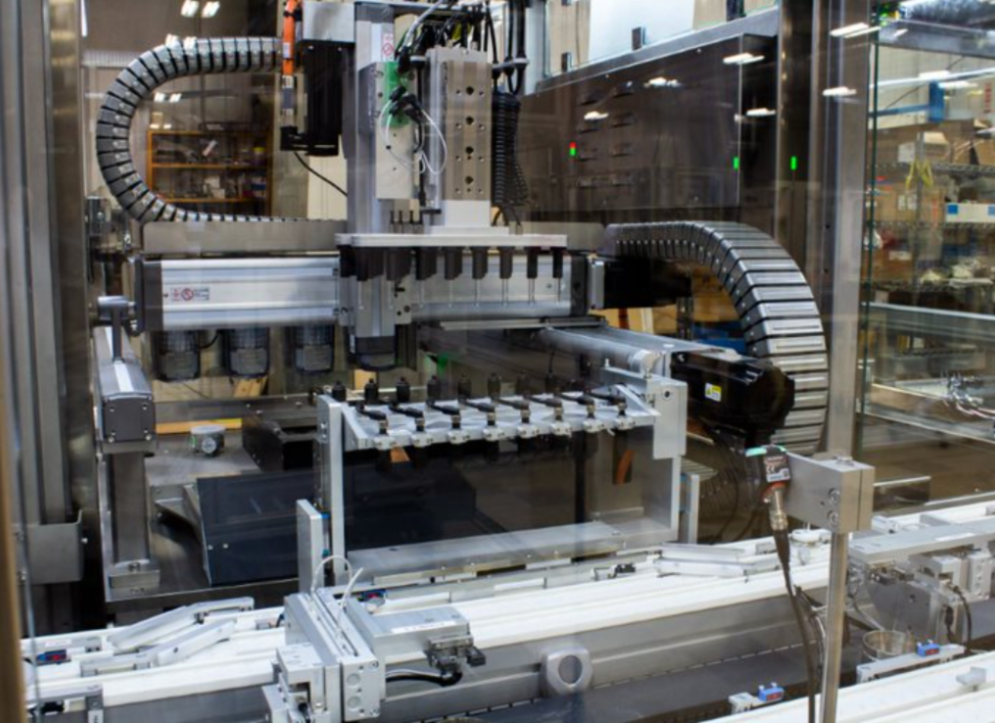From the Metaverse to the Roboverse, the Future is in Automation
You may have never imagined a world where you share the woods with robots or present new products in virtual reality, but this is the world today. The impact of automation continues to grow every day as new developments take place, and these are just a couple examples of trends we’re closely following.
Putting our expertise to work, we share the news shaping the industry. This month, learn about the potential of the industrial Metaverse, how robots are becoming a fixture in a British town, the potential for a cloud-connected roboverse and how automation can safeguard pharmaceutical products.

Opportunities Abound in the Industrial Metaverse
When people hear about the Metaverse, entertainment and commerce usually come to mind. But manufacturing companies can benefit from the Metaverse’s seamless, immersive digital experiences. Coined the “industrial Metaverse,” there are several emerging tactics for manufacturers to make the most of the opportunity. They include:
- Virtual factory tours
- Presentations of products and services via virtual reality
- Blockchain technologies, cryptocurrencies and non-fungible tokens (NFTs) payments
Companies are already taking action. Unity, a maker of real-time 3D content platforms, and Hyundai announced a partnership earlier this year to design and build a Metaverse road map and platform for a virtual factory that can be tested in the Metaverse. With these advances already in motion, it’s time to imagine how new services or solutions could be utilized in the industrial Metaverse. For the automation industry, some of those considerations will be overcoming the “mental digital divide,” or accepting virtual inputs from Metaverse users, ecosystem participants and potential customers.

British Robot Takes the Scenic Route
The discovery of a robot in the woods of Britain shows that robots are becoming part of our everyday lives. As a delivery drone built by the company Starship, the robot usually spends its days dropping off groceries around town but was taking a route through the woods to accomplish its task. The robots in Northampton have a Wall-E type of appeal, becoming part of daily life and a loveable attraction for kids who spot them.
According to Starship, the robots won people over. They’re treated similarly to a school mascot, are selfie magnets and have their own social media pages. Starship sets a strong example for the rest of the industry in terms of creating a robot that’s adored, not feared. Building social acceptance of robots is incredibly important, especially when people will interact with them everyday. These robots show how designing robots to be approachable creates a potential path to gaining public approval.

The Real Impact of the Roboverse
The Metaverse is a hot topic, but some believe the roboverse should take center stage. The roboverse refers to the growing number and types of robots connected to the cloud and orchestrated by technology. Robots are taking on wide-ranging tasks globally, from zapping weeds with lasers on farms to moving millions of packages daily. Your food may even be prepared in a ghost kitchen and delivered to your door by robots.
Unlike traditional industrial equipment, robots use sensors and artificial intelligence to make sense of their surroundings, enabling them to operate autonomously. They can work alongside humans, slowing down and applying less force to ensure no one gets hurt or picking up items from tables using computer vision systems. Robots can improve lives in the real world, and the possibilities for carrying out more complex tasks are exponential. Essentially, robots connected to the cloud that work with humans and other robots can give companies a competitive edge.

How Pharmaceutical Safety and Automation Intersect
Traceability is paramount to pharmaceutical safety, but counterfeiting is still a booming industry even with standards and technologies like barcodes, holograms and sealing tapes. The pandemic increased pressure on the industry, with the high demand for PPE and broken supply chains amplifying the risks. To prevent groups from profiting from counterfeit pharmaceuticals, manufacturers are making labels more difficult to copy and bottles harder to refill.
While a foil sleeve or shrink wrapping may have worked in the past, investments in high-quality tooling, automation and machinery are other ways to combat the issue. Few counterfeit operators would invest in replicating that level of technical precision. One option manufacturers are pursuing is using high-quality anti-refill closures made up of complex parts, where molding precision is critical. Moving forward, brands should consider how to curb counterfeiting by making packaging more difficult to replicate or refill, ultimately creating an unbroken chain of traceability.

Explore Automation with an Open Mind
Current trends reveal that the automation industry is rapidly transforming and expanding. As the world changes, so do the opportunities to infuse new technology into your business. Automation opportunities only enhance our ability to adapt to advancements and become comfortable with the unknown.
Learn more about manufacturing and industrial automation systems through our news and resources here.
